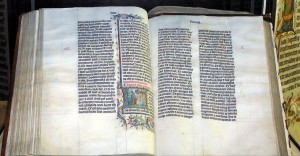
During the Advent season, Christians throughout the world prepare for the birth of Jesus Christ. It is also a time when people reread and relive the Old Testament experiences of ancient Israel as it longed for a messiah.
This short essay highlights just a few of the parallels between the New Testament story of the nativity and Old Testament stories of ancient Israel. My comments are not intended to persuade, promote or convert anyone from their own way of thinking but simply to provide a bit of information on the background of the Christmas stories.
Since the Christmas stories most of us are familiar with are a blend of the infancy narratives found in the Gospel accounts of Matthew and Luke, I’ve taken the liberty of selecting from both of the New Testament authors for purposes of this commentary.
The story begins with Elizabeth, an older cousin of Mary and the wife of Zechariah. Elizabeth and Zechariah were a childless couple well advanced in years when the angel Gabriel appeared to Zechariah and told him that Elizabeth would have a son and they would name him John.
In the ancient world, the lack of children was a source of shame and hopelessness. The Old Testament offers four examples of women who were unable to bear children but were made fertile by God: Rebekah, the wife of Isaac and mother of Jacob; Rachel, the wife of Jacob and mother of (the Old Testament) Joseph; Hannah, the mother of Samuel the Prophet; and mostly famously Sarah, wife of the patriarch Abraham, who gave birth to their son Isaac at the age of 90!
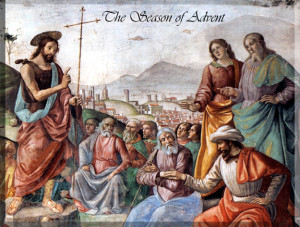
All these women, just like Mary’s cousin Elizabeth, were unable to conceive without divine intervention. By the way, the child of Elizabeth and Zechariah was John the Baptist, who would later introduce Jesus’ public ministry to the world.
About six months after the angel Gabriel appeared to Elizabeth, he appeared again to the Blessed Virgin Mary in the Annunciation. Gabriel appeared to her in Nazareth and said, “Hail, favored one! Behold, you will conceive in your womb and bear a son, and you shall name him Jesus.”
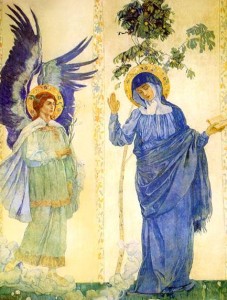
Mary replied, “May it be done to me according to your word.” We are thankful that Mary said yes, unlike Eve, who in the Garden of Eden said no to God and took a bite of the apple. Her disobedience brought sin and death into the world.
The same divine messenger, Gabriel, appeared to both Elizabeth and Mary. The stories of Elizabeth and Mary and of the Old Testament women show that what might be humanly impossible becomes possible with God.
Meanwhile, seeing that Mary was pregnant, a heartbroken Joseph planned to quietly divorce her, but an angel appeared to him in a dream and told him not to be afraid to take Mary into his home.
“For it is through the Holy Spirit that this child has been conceived in her,” the angel said to Joseph.
Receiving a heavenly message in a dream recalls the Old Testament figure of Joseph from the book of Genesis. That earlier Joseph, a son of Jacob, also received divine messages in dreams. Mary, carrying the Lord in her womb, reflects yet another link to the Old Testament: she is the human version of the Ark of the Covenant that bore the divine presence of God within it.
Mary and Joseph’s journey to Bethlehem for the census was made under Caesar’s decree that the whole world should be counted. Caesar’s worldwide goal anticipates the worldwide salvation that Jesus will accomplish.
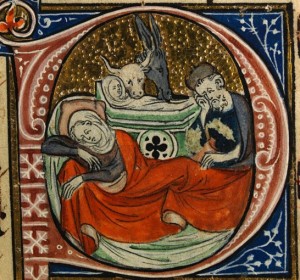
Since there was no room at the inn, a simple manger served as the birthplace and cradle for the newborn Jesus. In those times, a manger was a trough for feeding animals. Isn’t it interesting that Jesus, who will provide nourishment for the world, now lies in a humble manger?
An angel proclaimed the birth of Jesus the savior to the shepherds in the field. Shepherds are closely associated with ancient Israel’s King David, who was known as the shepherd king. Shepherds at the time of Jesus were also people of low income and social standing, which anticipated Jesus ministry of reaching out to the poor and outcasts of society.
The Magi bearing gifts were non-Jewish wise men seeking a king. They foretell Jesus’ future mission, which would include a ministry that extended to everyone, including non-Jewish Gentiles.
The Magi followed the Star of Bethlehem to do homage to a divine birth. Similarly, an Old Testament prophet named Balaam saw a star and blessed Moses on his trek to the Promised Land.
When the Magi departed Bethlehem, they returned home by another route from which they came. Their different route makes the point that after encountering Jesus, people often take a path different from the one they were previously on.
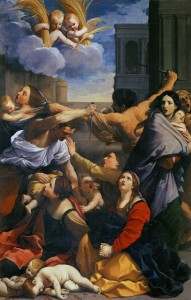
Shortly after Jesus’ birth, an angel told Joseph to flee to Egypt to escape the diabolical King Herod’s murderous plot to kill all male children aged two years and under. By fleeing, they saved the baby Jesus. An Old Testament parallel is seen in the story of Pharaoh, who ordered the murder of every boy born to the Hebrews, but through divine intervention the infant Moses was saved.
After Herod’s death, an angel told Joseph it was safe to leave Egypt and return to Israel. In the Old Testament book of Exodus, Moses made a similar trip from Egypt to Israel in leading the Hebrews to the Promised Land.
St. Augustine said that “the New Testament lies hidden in the Old, and the Old Testament is unveiled in the New.” The few examples brought forth here show the intimate connection between these two parts of the Bible.
As the Christmas season draws to a close, the days get longer and sunlight gradually increases. To Christians Jesus provides an ever-increasing light that shines on those in darkness. I extend to everyone the ultimate Christmas message: “Peace on Earth.”
Mike Caufield is a member of the Wednesday Morning Bible study group at St. Patrick Church in Perry. His commentary borrows heavily from the book, “Advent of the Savior: A Commentary on the Infancy Narratives of Jesus,” by Fr. Steven J. Binz.
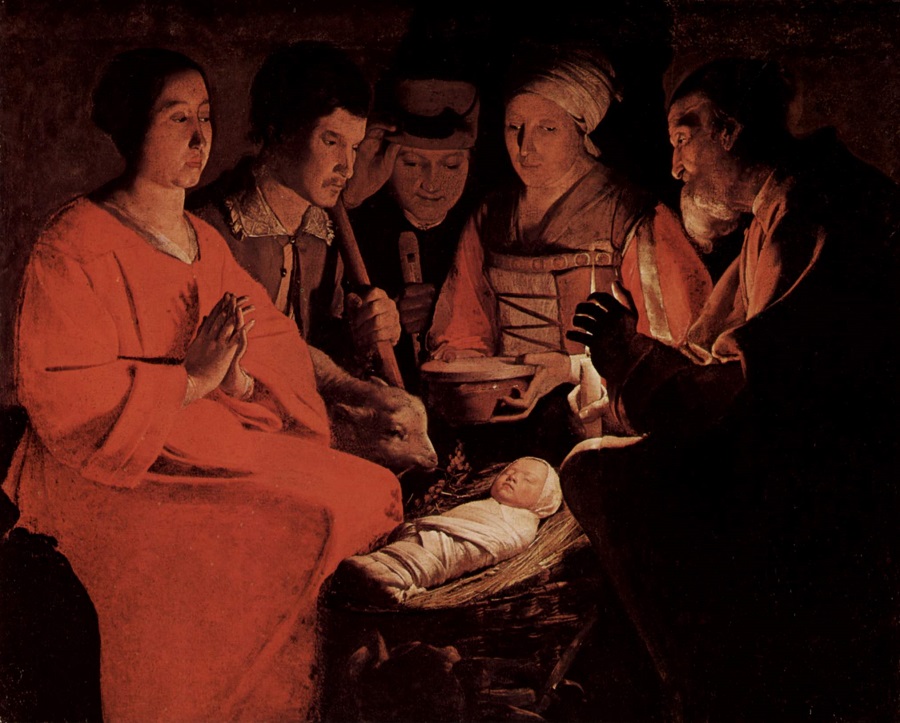



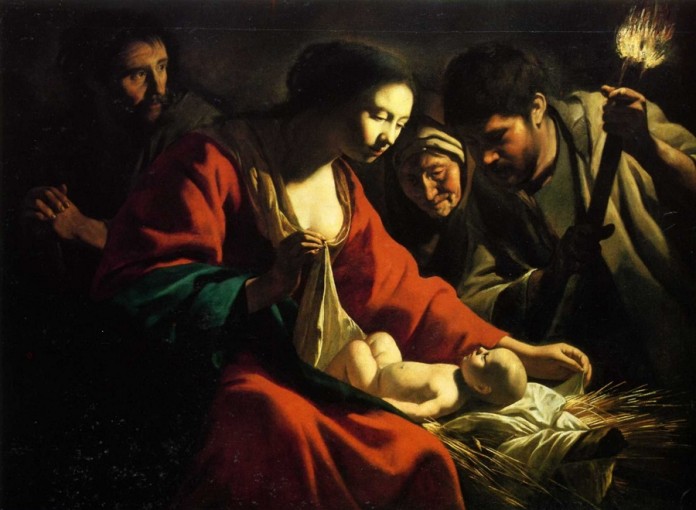














CORRECTION: Joseph planned to quietly annul their marriage.